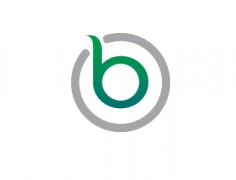Let’s face it, we live in an age where we are constantly flooded with endless streams of information. We get it from the TV, radio, word of mouth, newspapers, smart phones as well the internet. The internet thrives on information, but the problem is that there are troublemakers out there who take advantage of the sheer volume of data, hoping that their messages will be accepted as part of the norm. But you want to protect yourself and want to know how to check out a hoax.
A prime source of hoaxes is email. That’s because the devious among us will set up their phony message in such a way that people will want to spread it. That’s actually quite genius in a bad way. They know you will be far more likely to open and respond to a message sent to you by friends or family, than if it was sent by a name you don’t recognize. They also know that you will be more likely to spread the hoax and that’s what they really want.
But why check out a hoax at all? How much harm can come from a simple little message? True, some hoaxes are started for no other reason than to see if the message will spread. While those may seem harmless they clog up the internet and waste people’s time. Imagine a world where you received only a small fraction of the nonsense you do now. However, there are also malicious hoaxes that are designed to get you to open them, and when you do, you get a computer virus that can do a lot of damage to your computer and the computers of the people you know.
Of course email isn’t the only way for this type of information to be spread, so you need to be on alert at all times. You need to learn how to check out a hoax. A good first step is to check your favorite search engine and enter the subject followed by the word hoax; such as, “free iPad hoax”. That should bring up plenty of results and give you a good indication of whether something is a hoax or not. There are also websites that are devoted to exposing hoaxes, so be sure to add those to your bookmarks for easy reference.
Being familiar with the signs of a hoax is another good skill to develop. Remember, every email has the potential of being a hoax, no matter how well you know the person who is sending it. If the title of the email is something like “this is not a hoax”, then it probably is. Strange characters, punctuation or other inconsistencies are another possible sign. If you see the phrase “send this to everybody you know” appears anywhere, then it’s a sure sign of a hoax.
If you or somebody you know has been fooled in the past, then learning how to check out a hoax is even more important. Once you get the hang of it, you will be able to spot them quickly, and save yourself a lot of time and hassle in the process.
